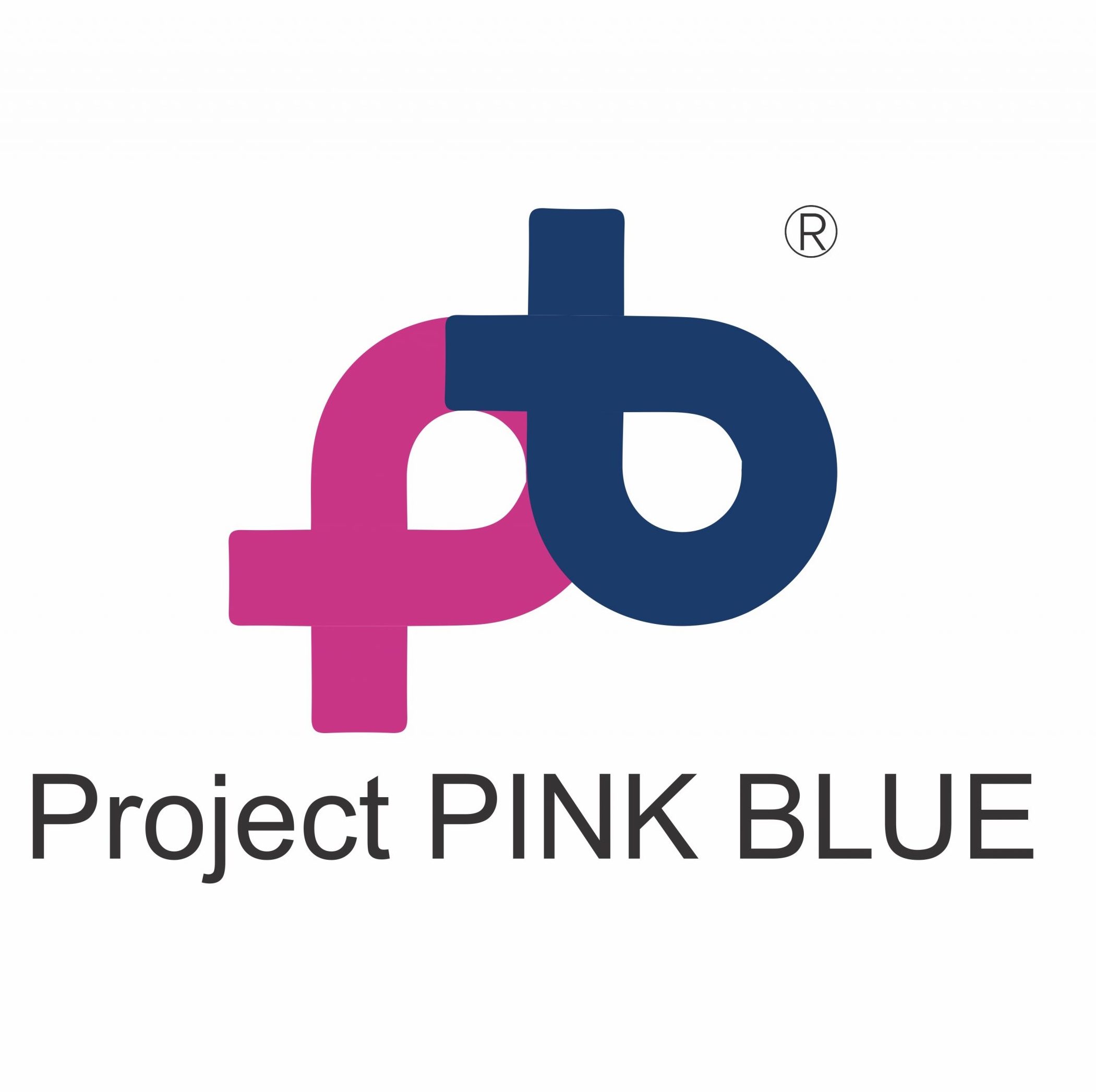Cancer incidence has been increasing in most regions of the world, but there are huge inequalities between rich and poor countries. Incidence rates remain highest in more developed regions, but mortality is relatively much higher in less developed countries due to a lack of early detection and access to treatment facilities. For example, in western Europe, breast cancer incidence has reached more than 90 new cases per 100 000 women annually, compared with 30 per 100 000 in eastern Africa. In contrast, breast cancer mortality rates in these two regions are almost identical, at about 15 per 100 000, which clearly points to a later diagnosis and much poorer survival in eastern Africa.
Until recently, cancer has been excluded from broader discussions of global health. International and local organizations alike have focused on preventive and simple curative therapies, mostly for infectious diseases. However, as the global health community has recognized the growing burden of cancer and other complex, chronic diseases, more organizations have realized that resources must be dedicated to creating systems that can provide the entire breadth of health services. Leadership by the Union of International Cancer Control, the Global Taskforce for Cancer Care and Control, ministries of health and many local partners have supported efforts for access to comprehensive cancer care with a focus on low and middle-income countries and equitable access to healthcare as a human right.
References
B.W. Stewart, C.P. Wild (2014), World Cancer Report 2014. Lyon: World Health Organization/ International Agency for Research on Cancer.
World Health Organization/ International Agency for Research on Cancer (2013) Latest world statistics. Lyon: WHO/IARC Press Release, 12 December, 2013.
Global RT, 2017, Source: http://globalrt.org/about-cancer/
